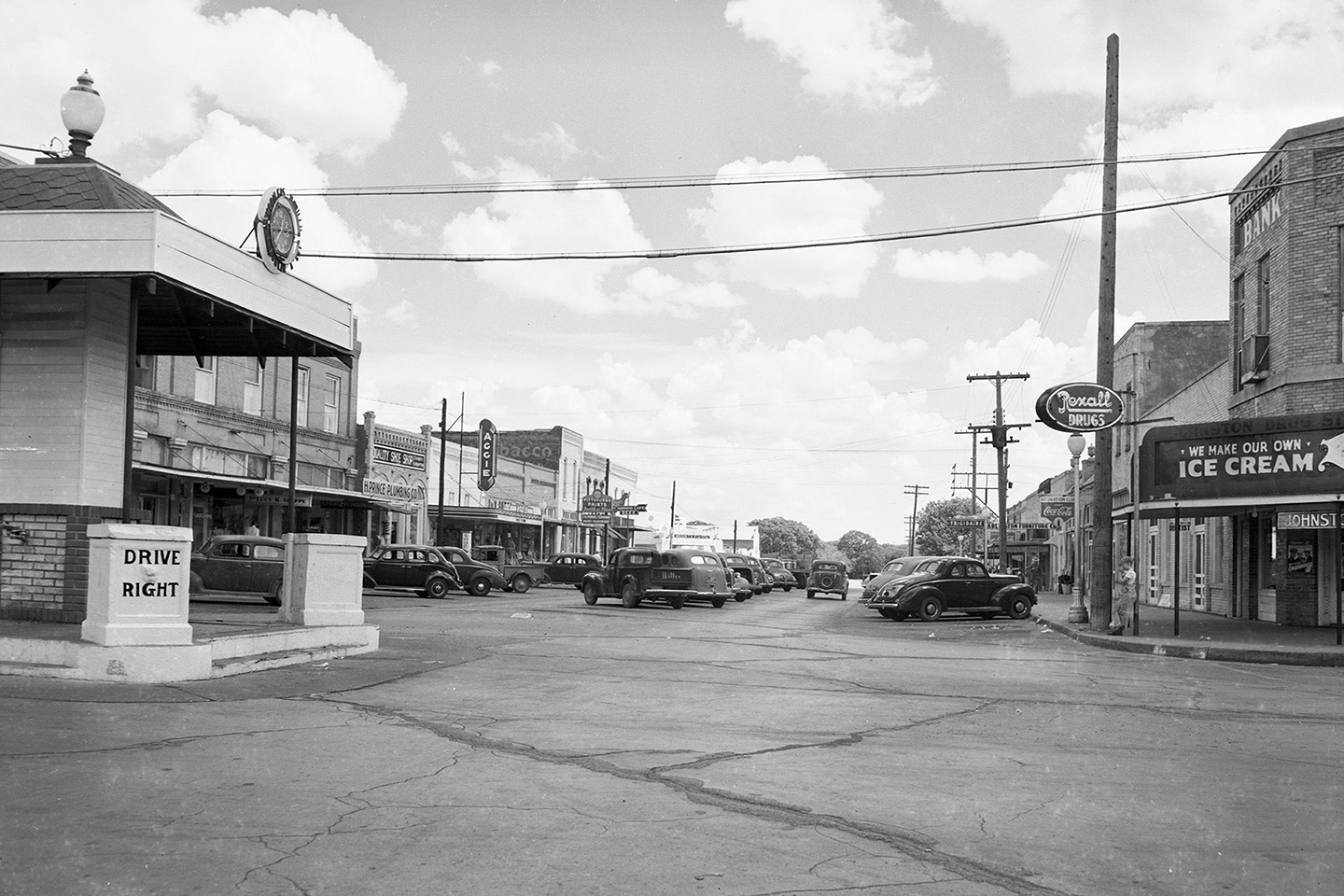Arlington's Past is a Present Concern
Fort Worth Star-Telegram, September 26, 1999
By Ron Wright

For a city that's not exactly famous for its historic preservation efforts, it's interesting how much history has been in the news lately in Arlington.
The Arlington Historical Society is going strong and continues to be a positive force in the city under the leadership of the indomitable Geraldine Mills. But it was not long ago that the organization was suffering from an identity crisis and a mountain of debt. Thanks to the determination, sweat and creativity of a handful of people led by Glenn Day and later Jim Turner, the society found its footing and returned to what it does best: preserving and presenting the city's history.
The city's Landmark Preservation Committee - led by the first lady of Arlington history, Dorothy Rencurrel has also been hard at work. Rencurrel's committee has been focusing on revisions to the current preservation ordinances that would include incentives to owners of historic properties to save and maintain them. Given the near-absence of teeth in the present ordinances, the incentive idea is a big step forward, and the committee is due congratulations.
Work has stopped on the massive Lakes of Arlington development in far north Arlington. The owner of the 2,000-acre project, Golf Communities of America, filed for bankruptcy protection in July and had its funding cut off earlier this month by its main creditor, Credit Suisse First Boston. The latest action left historic preservationists wondering, "What now?"
Recall that the previous owners were Metrovest Partners, who had alarmed the preservation community by buying up all the land around the site of the historic Bird's Fort, the first Anglo settlement in Tarrant County. The site of the fort is situated within a 111-acre parcel that juts into the center of the Lakes development and for many years was leased by the Silver Lake Gun Club.
Along with being the first Anglo settlement and site of the first pioneer cemetery in the county, it also was the location of a rather momentous gathering of Indian tribes and subordinates of Republic of Texas President Sam Houston, who hammered out a treaty that opened North Texas to settlement. Among other things, the Bird's Fort Treaty called for the establishment of trading houses along the new boundary between Indian lands and the white settlements. The first of those trading houses established at Marrow Bone Spring was the real beginning of Arlington.
The effort to get the city's first historic district approved is still alive and moving, thanks to Texas Historical Commission head Larry Oaks. To his credit, Oaks helped Arlington adopt a sensible approach that enlarged the district to include minority-owned areas around Mount Olive Baptist Church.
When the application was judged by the state review board to be inadequate, Oaks arranged to have the THC hire historic preservation consultant Terri Myers to research the area and chronicle what has been the largely undocumented and often-ignored history of African-Americans in Arlington.
It is too early to know whether the research will result in a meatier application for the review board, but the process itself has ignited an interest in the city's African-American history that will have long-lasting benefits far greater than a historic designation.
Shirley Adams, the city's special projects coordinator, has been making the rounds of agencies and clubs to promote the city's new Historic Preservation Loan Program, which may prove to be the best news yet for preservation efforts in Arlington. Funded with $250,000 in Community Development Block Grant money, the program offers low-interest loans to owners of historic properties in need of rehabilitation or restoration.
Loans can cover up to 90 percent of a project's cost and take up to 20 year to repay. And up to $15,000 of the loan can be forgiven if the property receive designation as a Recorded Historic Texas Landmark or listing in the National Register of Historic Places.
Loans are available for rehabilitation/restoration work, architect/engineer evaluation fees, and related appraisal, attorney and closing fees. To qualify, the property has to be listed in the city's Active List of Historic Places, qualify for a Texas Historical Marker, or be eligible for listing in the National Register.
It's one more incentive for owners to preserve and even fix up historic structures, but the benefits to the city are even greater: the elimination of the blight and deterioration that often fall on older, historic neighborhoods. Adams is also quick to point out that it will enhance the education, health and safety of the entire community. For more information on the program or to request an application packet, contact Adams at 276-6700.
Historic preservation is something that should interest all of us, and given Arlington's ever-dwindling inventory of historic structures, it's something that all of us should actively support.

